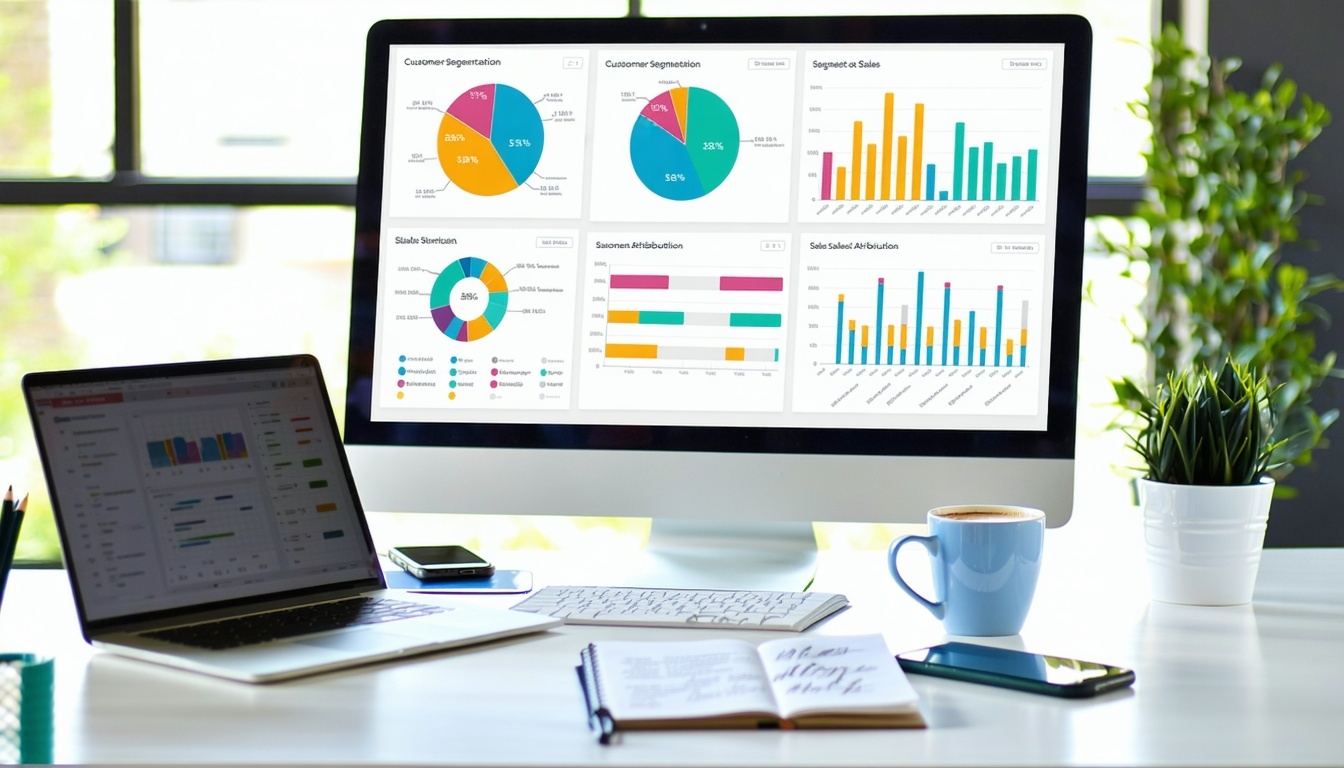Introduction
Understanding what drives your sales is crucial for any e-commerce business. However, without breaking down your customer base into meaningful segments, your data can become convoluted, leading to unclear and potentially misleading insights. In this guide, we'll explore how to utilize Shopify's customer segmentation tools to gain sharper attribution insights, enabling you to pinpoint what's working and where to focus your marketing budget effectively.
Whether you're running ads, sending emails, or driving organic traffic, better segmentation leads to smarter decisions and more efficient marketing strategies.
1. Why Segmentation Matters for Attribution
Most attribution tools report based on overall sales or conversion events. But your customers aren’t all the same—they discover and buy differently. When you segment them by behaviors, sources, or value, you unlock attribution models that actually reflect how each group responds to your marketing.
Example: A returning customer might convert through email, while a first-time visitor needs multiple paid ad touches. Without segmentation, you’d credit the same source for both.
2. How to Create Customer Segments in Shopify
Shopify allows you to segment your customers based on:
-
Purchase behavior (first-time vs. repeat buyers)
-
Location
-
Spending amount or order frequency
-
Tags (manual or automated via apps or workflows)
-
Marketing source (with attribution tools)
To build a segment:
-
Go to Customers in your Shopify admin.
-
Click “Create Segment”.
-
Use filters like “Customer has placed an order” + “Total spent is greater than $100”.
Save your segment and update it automatically as new customers match the criteria.
3. Connecting Segments to Attribution Tools
Once segments are created, you can:
-
Sync them with email tools like Klaviyo or Omnisend to track campaign effectiveness per segment.
-
Connect with attribution apps like Attribuly or Triple Whale to compare ROAS, LTV, and multi-touch journeys across segments.
-
Tag customers with UTM source or campaign IDs when they buy, so you can retroactively analyze which segment came from where.
4. Best Segments to Track for Smarter Attribution
Here are useful segments to consider for analysis:
-
New vs. Returning Customers
-
High LTV Customers (total spent > $X)
-
Organic Traffic Converters
-
Email-Only Buyers
-
Meta Ads Clickers (using UTM or app tagging)
-
Abandoned Cart Returnees
-
Buyers by Product Type or Category
Each of these can show you different marketing outcomes and let you fine-tune your efforts by what actually works for that audience.
5. Automating Segmentation and Attribution
Use automation platforms like:
-
Shopify Flow (tag customers based on behavior)
-
Klaviyo Flows (triggered by purchase source or segment membership)
-
Attribuly/GA4 custom dimensions to map customer segments into dashboards
The key is to not just segment once, but keep these groups live—updating in real time to reflect marketing performance.
6. Final Thoughts: Attribution Isn’t Accurate Without Segmentation
No matter how fancy your attribution model is, it’s only as good as the data it uses. Without segmentation, it’s just a guess. With it, you’re running a high-performance machine.
Take time to set up smart, dynamic customer segments in Shopify, and your reporting will finally tell the real story behind your marketing ROI.
